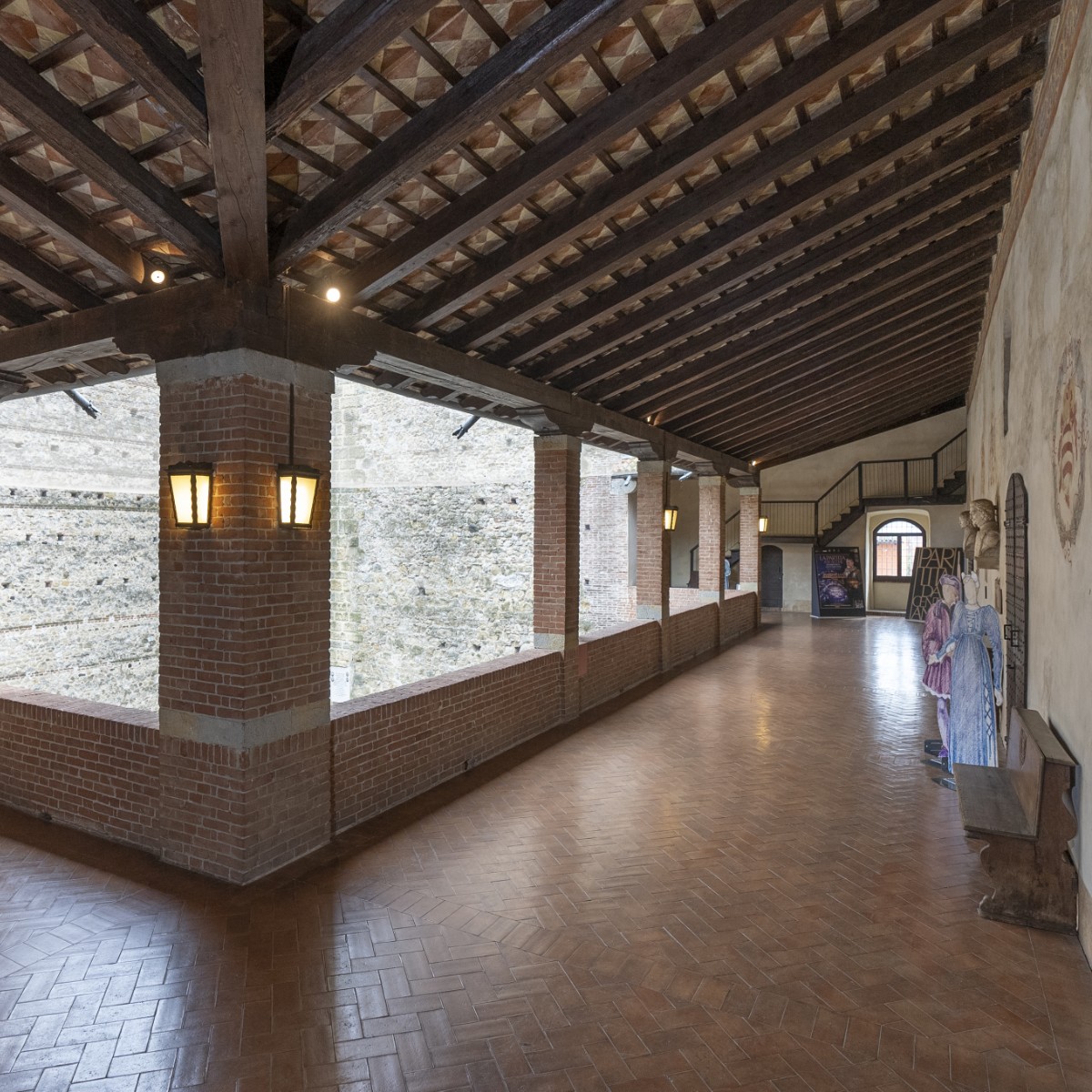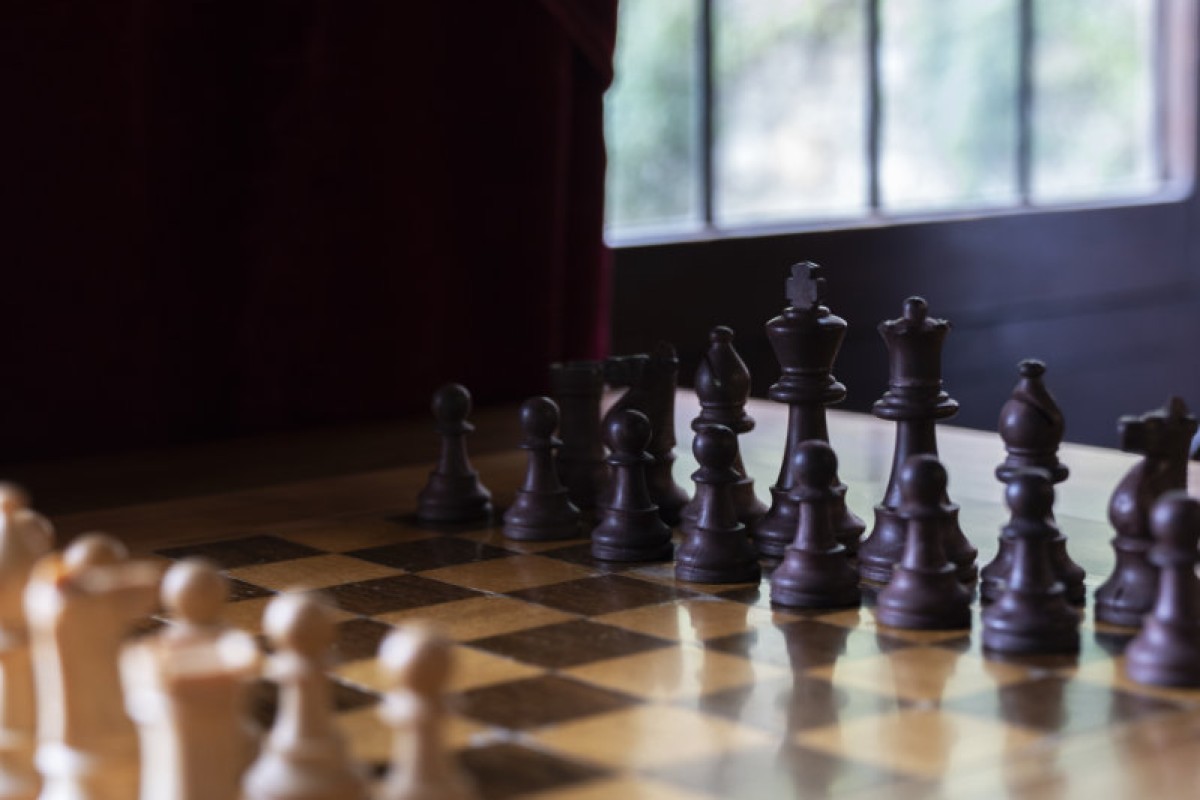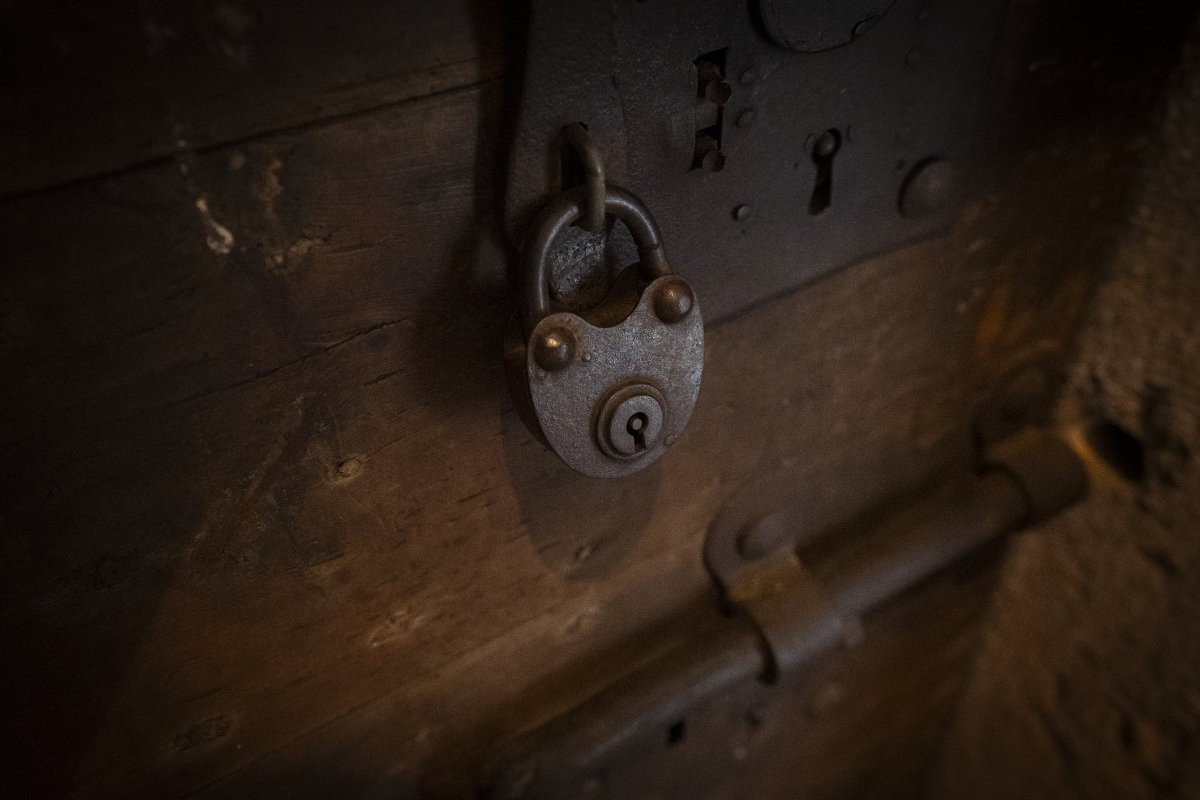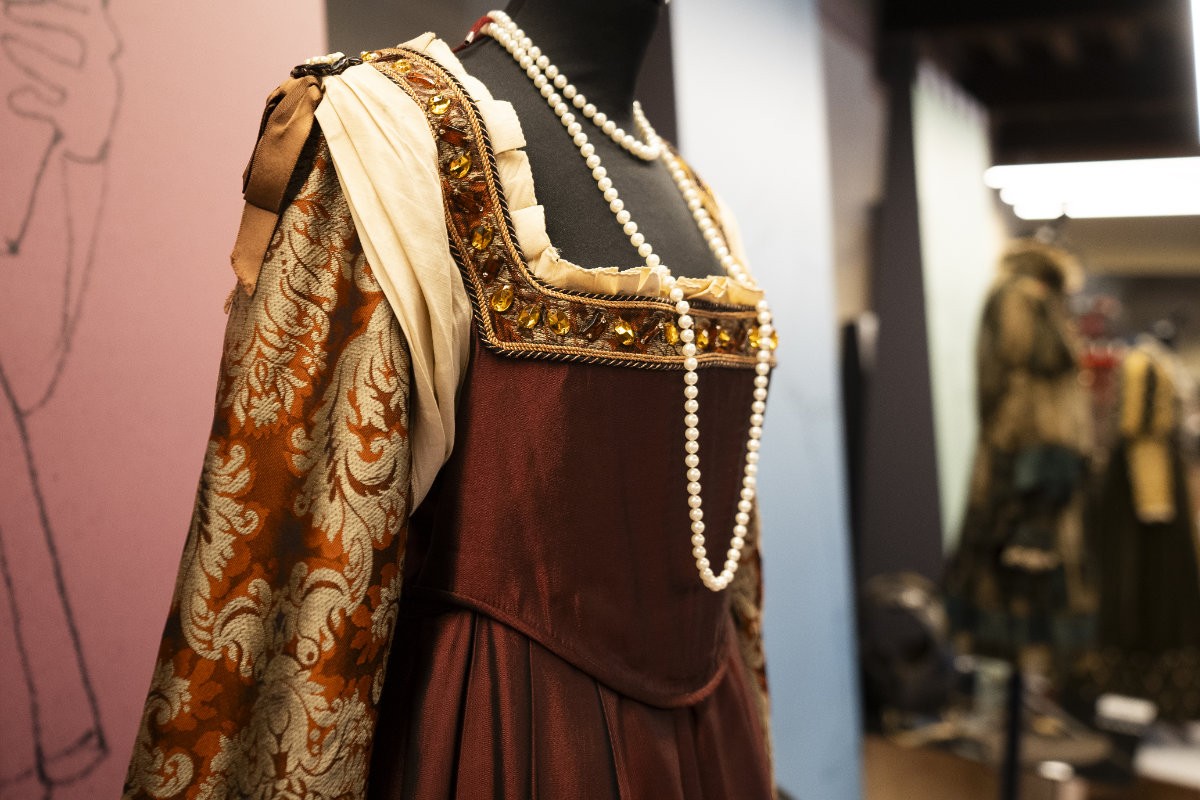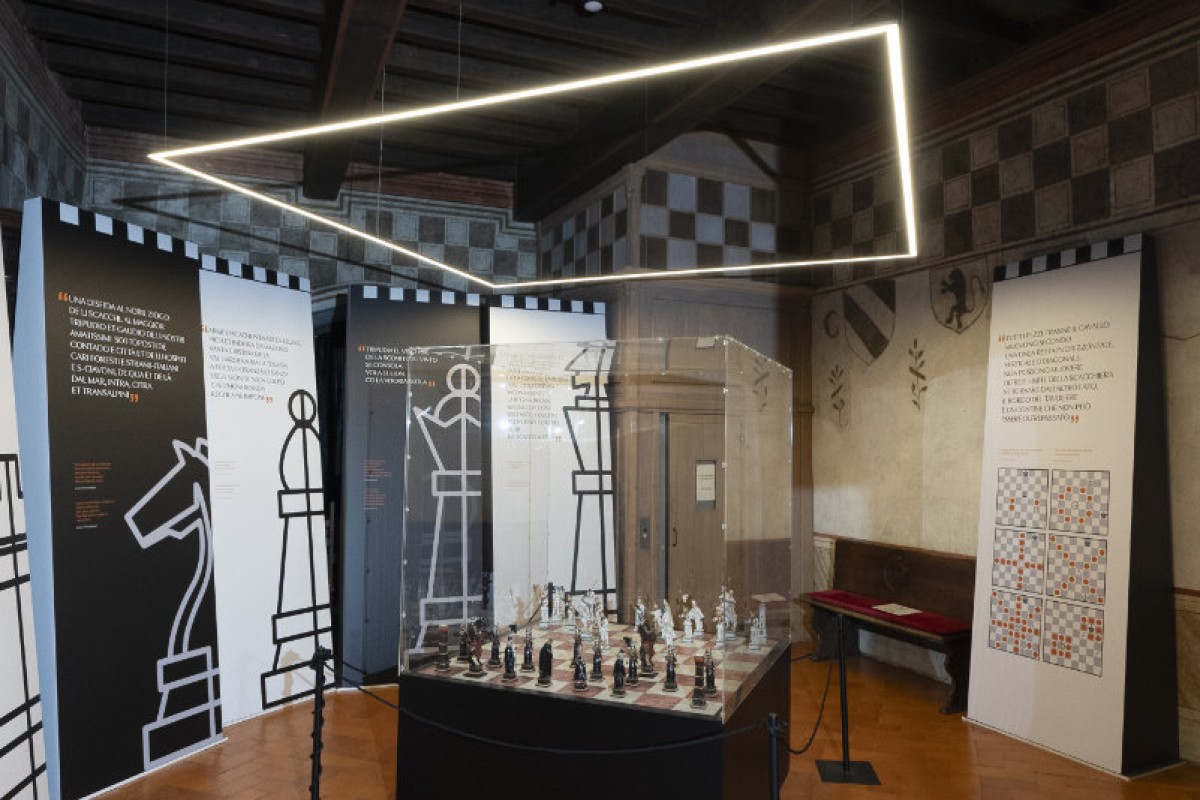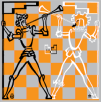The Castle
The stronghold of the plain
The Lower Castle of Marostica is a splendid example of mediaeval military architecture. It was built in the 14th century by the Scaligers of Verona as a fortress and tollhouse. In the first decades of the 15th century, it became the seat of the political and legal power of the Republic of Venice, and the interiors were gradually embellished, turning it into a noble building. During the centuries that followed, the Austro-Hungarian Empire, and later the Kingdom of Italy, housed their military authorities there, as well as a number of administrative offices, and even a fine theatre, of which no trace remains today. Starting from the 1930s, the building underwent repeated restauration work, which gradually restored its original appearance. Today the whole of the Lower Castle is open to visitors. 



